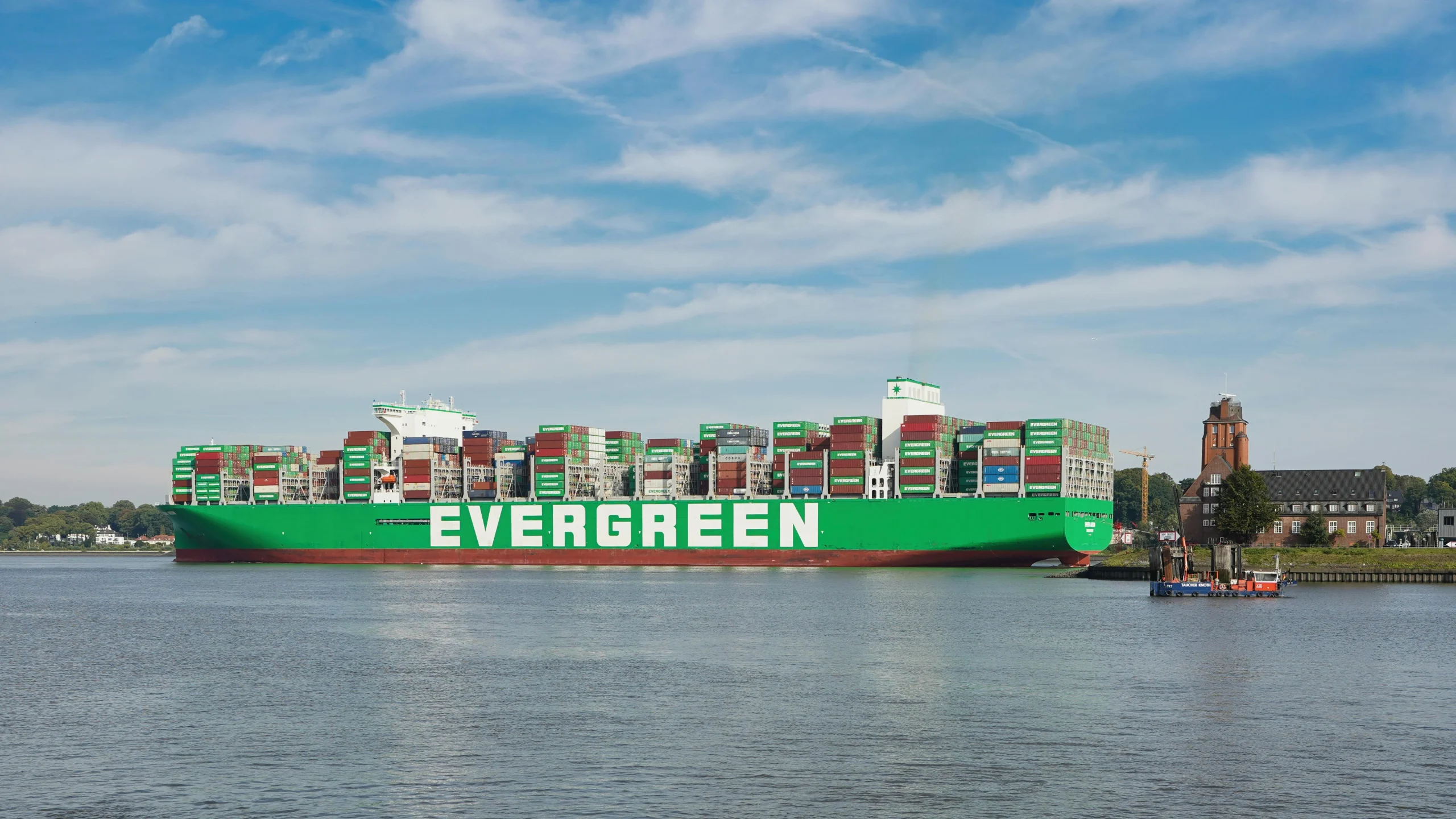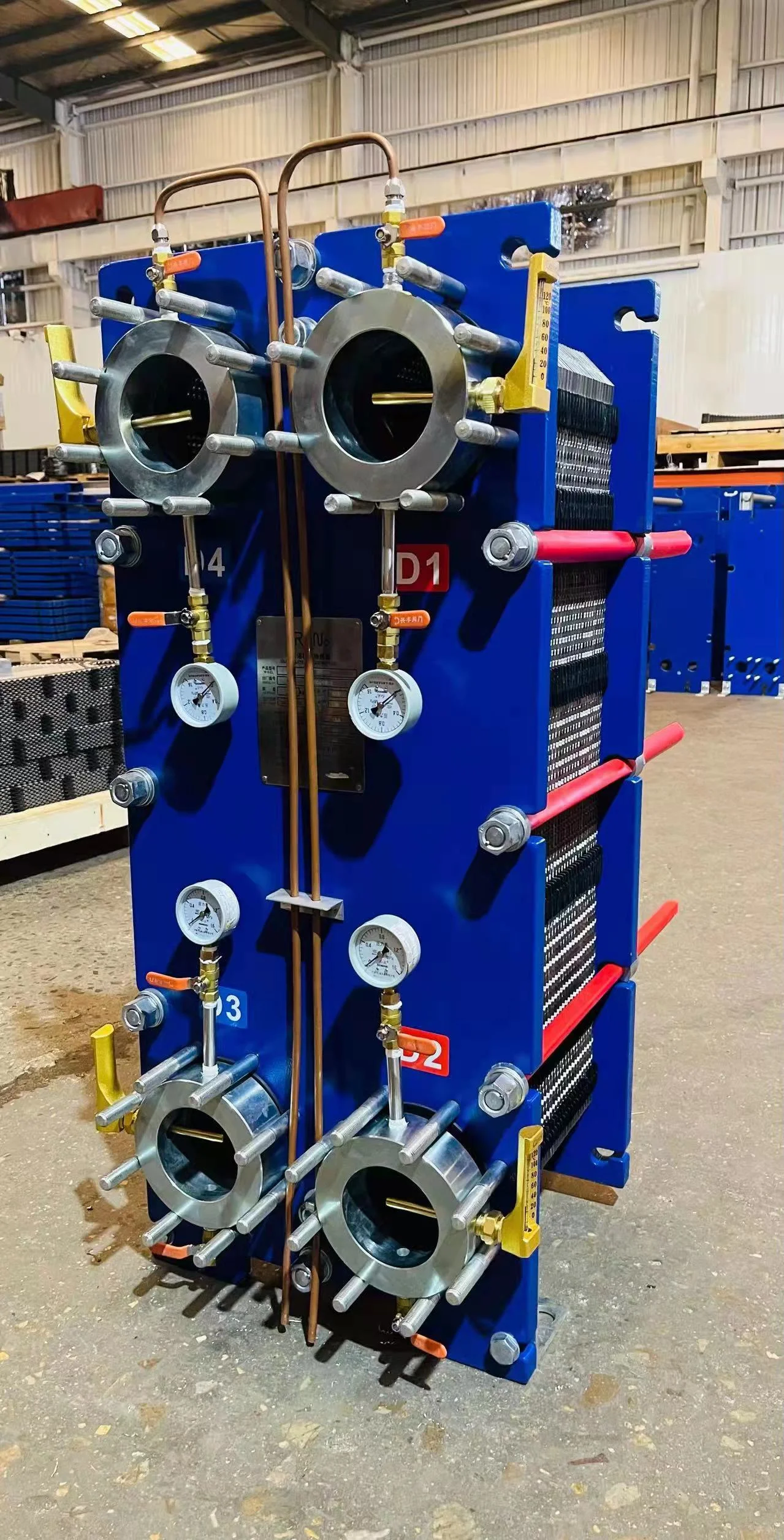
When you look for a trusted partner in thermal transfer equipment, you want more than machines. You want skill, care, and real support. Grano has more than ten years of work in heat exchange technology. The company focuses on research, design, and making reliable systems that operate in the toughest places. Ships, factories, and energy plants all use their products.
What makes Grano stand out is not just the wide list of products. They pay attention to your needs. Instead of giving the same unit to every client, they choose the right metal, gasket, and design for each case. This approach saves time and money later. It also makes the service life of equipment longer.
You also get help after buying. Their team gives advice and service whenever you need it. If your goal is reliable, safe, and cost-friendly solutions for shipboard cooling or heating, Grano is a name worth knowing. They do not act only as a supplier. They work as a partner who cares about your success at sea.
Why Marine Applications Are So Demanding
On board a ship, heat exchangers are central to daily work. They control cooling and heating in different systems. Common tasks include seawater with freshwater for the main engine cooling, lubricating oil with freshwater for oil cooling, and refrigerant with cooling water in air conditioning.
Each duty looks simple, but the real world is harsh. High salt levels in seawater create strong corrosion. Sudden shifts between hot and cold flows put stress on metal. Long working hours push seals and plates to their limits. Because of these factors, you need the right design and strong materials. Only then can your system keep running safely.
The Role of Plate Heat Exchangers Onboard

You often face space limits on ships. You need compact equipment that still transfers a lot of heat. That is why many operators choose a plate heat exchanger.
These exchangers use thin, shaped plates stacked together. Between them, channels let two fluids pass and transfer heat. This design allows high heat efficiency in a small body.
For shipboard duty, the benefits are clear. The first is a small footprint, much smaller than a shell-and-tube exchanger. The second is easy care, since you can open the unit and clean or replace plates and gaskets without trouble. The third is flexibility, because you can add or remove plates to change capacity as needed.
All of these points help you. But the long life of your unit still depends on the material chosen for the plates and the gaskets.
Choosing the Right Plate Material
Plates do most of the work. They transfer heat and also face the risk of corrosion or pressure damage.
316L Stainless Steel works well in freshwater. But in seawater, it can suffer small holes from pitting, which shorten service life. Titanium has strong resistance to chloride attack. For seawater, it is the best option. Though more costly, it keeps the unit safe and stable for years. Nickel alloys and Hastelloy are useful in special cases with strong acids or harsh fluids. They last a long time but are very expensive.
For most vessels, titanium offers the best balance between cost and durability. It is widely used for marine heat exchangers.
Plate Thickness Choices
The thickness of plates also matters.
Thin plates, about 0.5 mm, transfer heat very fast. Yet, they do not handle high pressure well. On ships with heavy engines, thin plates can be risky. Thicker plates, 0.6 to 0.8 mm, can resist pressure and fluid erosion. For main engine cooling with seawater, thicker plates are safer.
By selecting titanium plates in the 0.6–0.8 mm range, you gain both strong resistance and long service time.
Gasket Material Selection
Plates need seals to stop fluids from mixing. The gasket material decides how well the unit resists oil, water, or high heat.
NBR, or nitrile rubber, is the best choice for oil systems. EPDM, or ethylene-propylene rubber, works with hot freshwater. FKM, or Viton, is strong against high heat and seawater corrosion.
Correct gasket choice makes the exchanger last longer. It also cuts down the chance of leaks that could damage the ship system.
Best Combinations for Marine Use
The right mix of plate and gasket depends on the job. For seawater, titanium plates with FKM gaskets and 0.6–0.8 mm thickness handle chloride, pressure, and erosion. For freshwater or lubricating oil, stainless steel plates with EPDM or NBR gaskets are cheaper and enough for less harsh fluids.
By making the right choice, you keep your ship safe and lower the risk of sudden repairs.
Benefits for Your Vessel
When you match materials to real ship conditions, you gain better safety, because strong seals and corrosion-proof plates stop leaks. You also gain efficiency, since stable cooling helps the engine and other systems run well. Costs are lower, because fewer breakdowns and less downtime save money. Units last longer, even with heavy use.
Every ship owner wants these results. They make daily work easier and the whole business more profitable.
Service and Ongoing Support
Good equipment must come with good service. You may need spare plates, gasket kits, or advice on how to improve performance. That is why service is key.
Suppliers who focus on long-term support give you more than a machine. They give peace of mind. You know you can reach out, ask questions, and get help when needed. For contact and service details, the official site has full information.
FAQs
Q: What is the safest material setup for seawater on ships?
A: Titanium plates with FKM gaskets and thickness around 0.6–0.8 mm. This setup gives strong corrosion resistance, pressure strength, and long service life.
Q: Can stainless steel be used in a marine plate heat exchanger?
A: Yes. Stainless steel can be used in freshwater or oil cooling. But in seawater, it is not the best choice because of pitting corrosion.
Q: How often should I change gaskets in a plate heat exchanger?
A: It depends on medium, heat level, and hours of use. In seawater, gaskets wear faster. Using FKM gaskets can reduce how often you need replacement.






